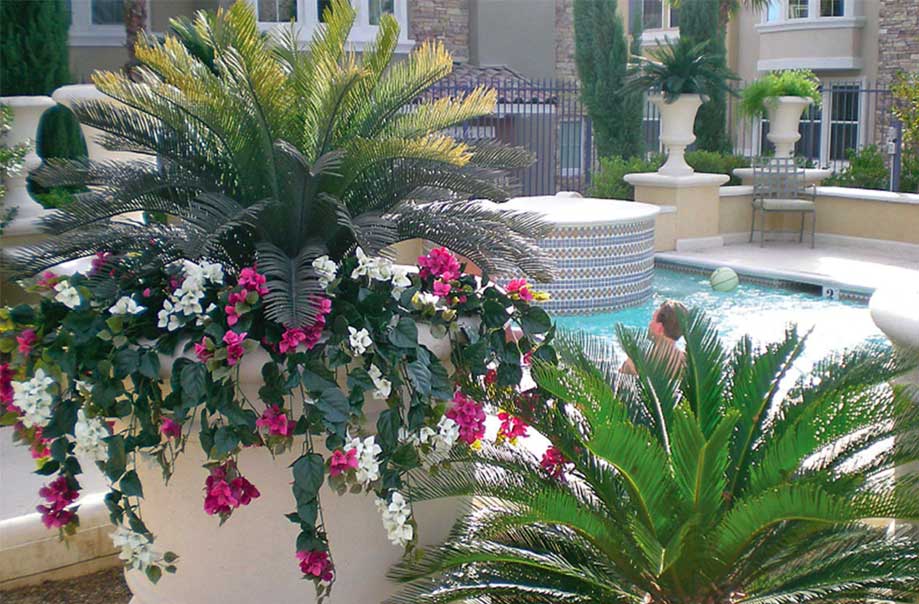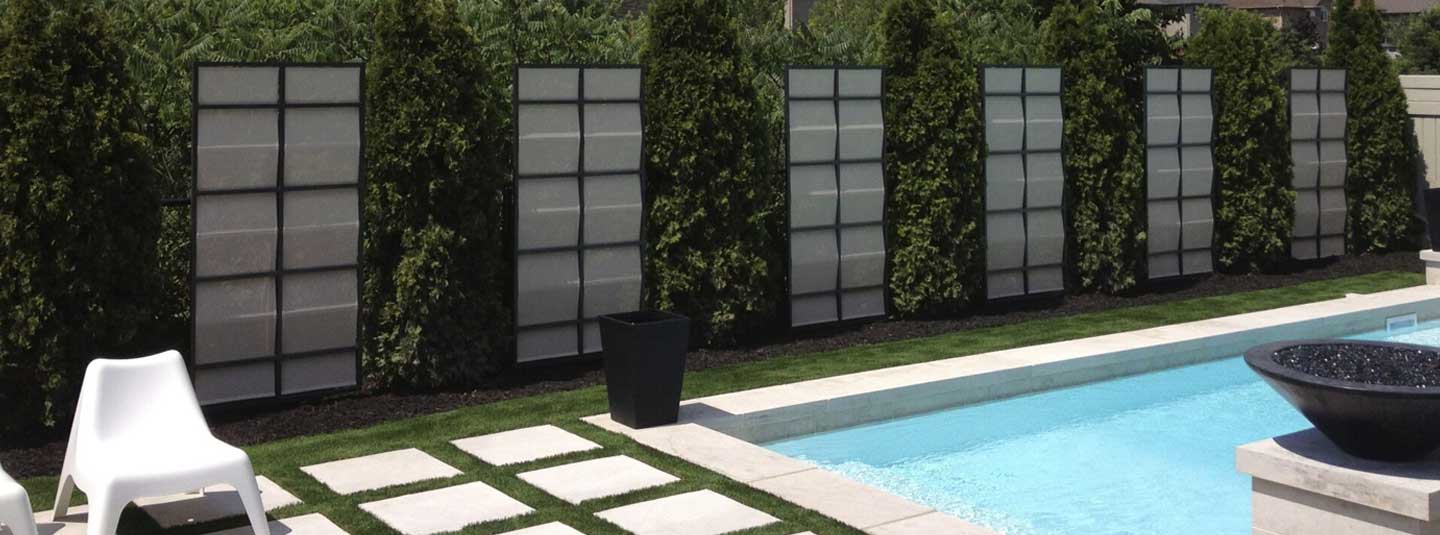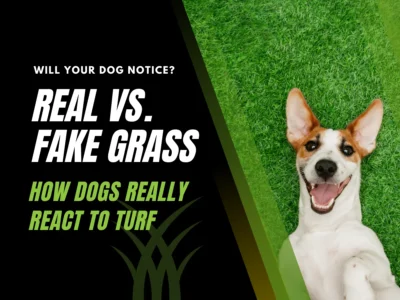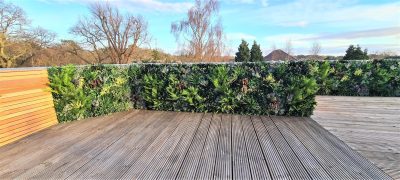Using proper artificial grass maintenance and cleaning techniques can add years to your artificial lawn. Providing unique advantages that real grass can’t match, such as improved weather resistance, low maintenance, and decreased demand for water and chemical use, artificial grass or turf has economic benefits that make its application expand outside sports and commercial uses.
Artificial Grass Maintenance
Although not quite keeping pace with the U.S. economy, the artificial grass and turf installation industry is steadily growing and has a market size of 6.87 billion. As demand for installations continues to rise, so will the need for ways to maintain artificial grass and turf (still a lot less than traditional grass).
To better aid you with artificial turf maintenance, our article covers:
- How to clean and maintain artificial grass and turf
- Artificial grass maintenance tools and equipment
- 3 easy-to-use artificial grass maintenance tips
How to Clean and Maintain Artificial Grass
While many homeowners clean their artificial lawn once per week, bi-weekly, or monthly, how frequently you clean artificial grass mostly depends on your local climate, surrounding vegetation, children, pets, and everyday pollution. To help maintain your lawn, here’s a short list of some grass maintenance tools you may need:
- Leaf blower – To remove leaves and other visibly loose debris.
- Garden hose – To rinse debris and turf neutralizer from artificial grass or turf.
- 3% Vinegar or Turf Neutralizer – Neutralizes and makes artificial grass clean.
- Stiff-handled broom brush – This is used to aid in the removal of smaller, hard-to-remove debris.
- Plastic putty knife or similar tools – For prying frozen or sticky substances free from grass.
Note that different types of artificial grass may be compatible with different products and cleaning methods. Check with your installer before you begin.
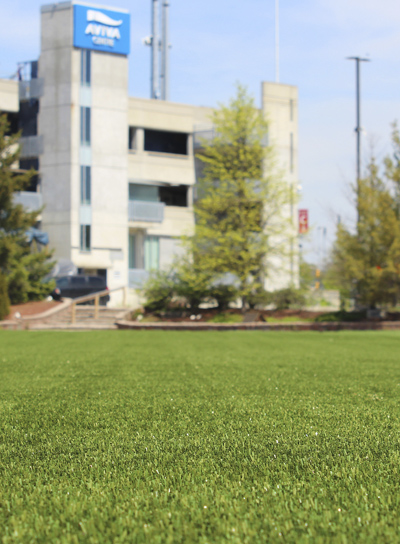
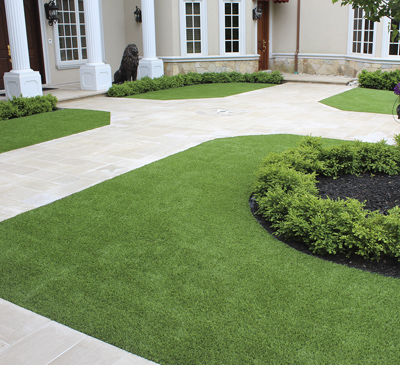
Artificial Turf and Artificial Grass: What’s the Difference?
Artificial grass is used primarily for landscaping grass and is longer and fluffier than turf.
Unlike turf, artificial grass resembles real grass and offers outstanding curb appeal and has a lifespan of around 25 years. Synthetic grass can also come in a variety of colors, sizes, lengths, and may be made from an array of materials such as nylon, polyethylene, and polypropylene.
Turf, predominately used in sports, is a shorter grass, and not as realistic in terms of look and feel as artificial grass.
Artificial Grass Maintenance
Cleaning artificial grass or turf regularly depends on the environment around the area. Care and maintenance of your artificial lawn may be more frequent for dog owners or areas thick with trees and shrubbery.
Compared to real grass, which requires large amounts of weed killer to consistently keep a well-maintained grass lawn, artificial grass requires less maintenance and offers more safety and comfort options in return.
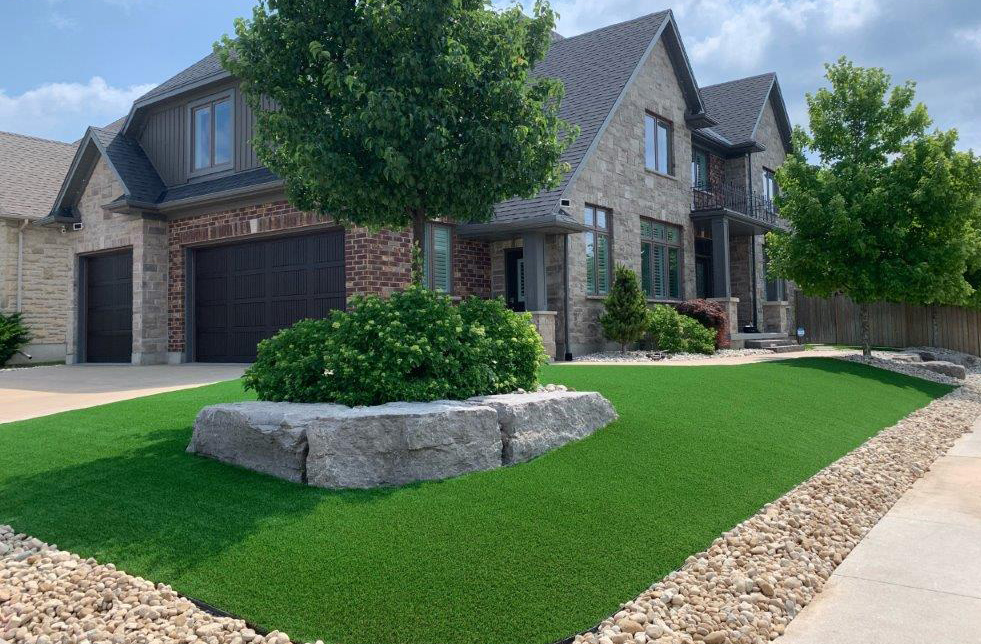
3 Tips for Artificial Grass Maintenance
Assuming your artificial grass or turf installation is complete, let’s discuss three ways to maintain clean artificial grass and turf:
1. Cleaning Mild Spills or Solid Waste
When cleaning mild spills, the sooner you can clean the spill the better. Start by using a dry absorbent towel to blot up spilled liquid. Next, use a mixture of water and mild detergent or a 3% vinegar solution to cleanse the area followed by rinsing thoroughly with clean, cool water.
For solid waste removal, assume the ordinary steps you would take for pet waste removal, then follow the rinsing and cleaning instructions above.
2. How to Remove a Stubborn Stain or Sticky Substances
Sticky substances like tree sap and chewing gum may seem like a nightmare to remove but generally, if you use water or an ice cube to first freeze the sticky substance, then remove it with a plastic putty knife may be easier.
3. Artificial Turf Maintenance for Snow and Ice
Light snow may be brushed or swept away quite easily although if several inches or more exist, only consider removing the top layers of snow as you may damage your artificial grass with metal shovels and rakes. Lastly, avoid using salt, as salt residue can build up over time, thereby, decreasing your synthetic lawns’ ability to drain excess water.
Go Green with Artificial Grass
To improve your artificial grass maintenance and lifespan, consider AGL Grass. Having transformed hundreds of properties across North America and ranked as People’s #1 Choice, our more than 30 years of experience make us specialists in creating perfectly lush green lawns any day of the year. When you buy AGL, you don’t get just any synthetic turf, you get next-gen artificial grass.
For more information, connect with one of our artificial grass specialists today.




